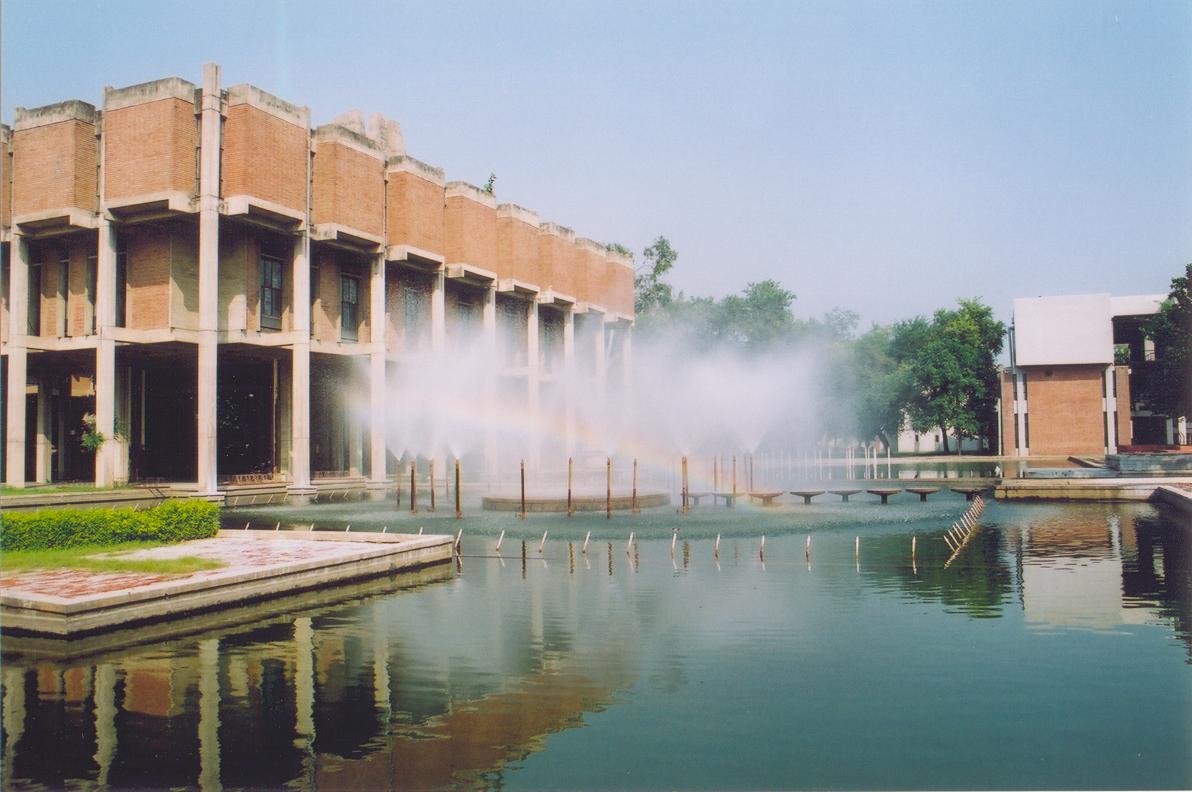Liquid Effluent Control Measure Schemes are described below:
IRI, Kanpur:
The scheme for treatment of nitrogenous effluents was introduced from the beginning in 1969 and is still in use with suitable modifications being incorporated from time to time for the improvement of effluent quality and to reduce operational problems.
Nitrogenous effluents from the ammonia and urea plants are collected through separate drainage systems into pits from which they are pumped to lagoons of about 45 acres.
ADVERTISEMENTS:
The material is ultimately discharged into the Pandu River but as this is a seasonal river with little flow during the dry months, the effluents are stored in the lagoons for several months every year.
The areas and depths have been located so that the intense solar heat which is readily available at their location can provide the energy necessary to strip out ammonia, hydrolyze urea and evaporate water and volatiles from these liquids.
As soon as the flow rate in the Pandu River increases, which happens within a week or two of the onset of the monsoon, effluents held in the lagoons are discharged in a controlled manner relative to the flow in the river.
Trombay Unit:
The liquid effluent from the Trombay unit consists of fine carbon particles coming from the gas generation section in the ammonia plant, oil spillages from the compressor house, acidic effluents from the acid group of plants, fluorides and phosphates from the complex fertilizer plants and ammoniacal nitrogen from the ammonia, urea and complex fertilizer plants.
ADVERTISEMENTS:
After a systematic study of the quantity and quality of various effluents, it was decided to recover and reuse water whenever possible. The remaining effluent is treated before releasing it into the creek.
This creek receives effluents from many other industries in the neighbourhood and the water is heavily contaminated. Several schemes as described below have already been implemented to bring the effluents to the quality mentioned above.

